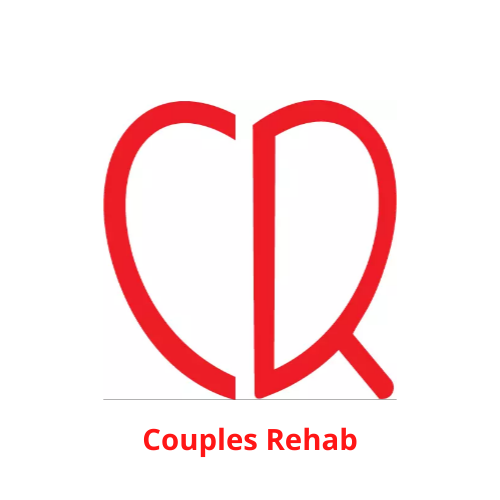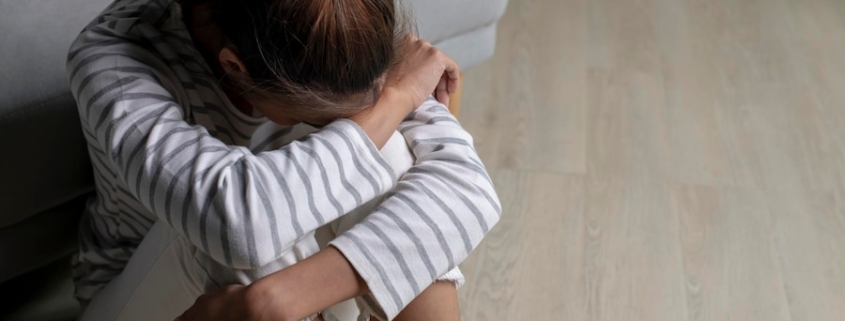Selecting the right treatment center is a crucial step in the journey to recovery. The effectiveness of your treatment can greatly impact your overall success and long-term well-being. A well-chosen treatment center not only provides the necessary medical and therapeutic support but also creates an environment conducive to healing. This decision should be based on a thorough understanding of your individual needs, goals, and the specific offerings of the treatment center.
Choosing a treatment center involves more than just assessing the services offered; it requires a comprehensive evaluation of how well the center aligns with your personal recovery goals and preferences. The right choice will support your recovery process, offering a tailored approach that addresses both your immediate and long-term needs.
Reach out with Us
Understanding Your Treatment Needs and Goals
Before selecting a treatment center, it’s essential to understand your specific needs and goals for recovery. This involves evaluating your current health status, the nature and severity of your addiction or mental health issue, and any co-occurring conditions that may require specialized care. Your treatment goals should be clear, such as achieving sobriety, managing mental health symptoms, or improving overall well-being.
Understanding your needs and goals helps in identifying a treatment center that offers appropriate programs and services. It ensures that the treatment you receive is not only effective but also aligned with what you aim to achieve in your recovery journey.
Types of Treatment
Inpatient
Inpatient treatment offer a structured and intensive approach to recovery, where individuals reside at the facility for the duration of their treatment. This type of treatment is often recommended for those with severe addiction or mental health issues that require constant supervision and support. Inpatient centers provide a controlled environment with 24/7 medical and therapeutic care, which can be crucial for managing withdrawal symptoms and maintaining a focus on recovery.
Inpatient treatment centers offer comprehensive services, including detoxification, therapy, and support groups. The immersive nature of inpatient care allows individuals to fully engage in their recovery process without the distractions and stresses of daily life. This setting also facilitates a strong sense of community and accountability, which can enhance motivation and adherence to the treatment plan.
Outpatient
Outpatient treatment offer a more flexible approach to recovery, allowing individuals to live at home while attending scheduled treatment sessions. This type of treatment is suitable for those who have a stable living environment and require less intensive care. Outpatient programs provide a range of services, including therapy, counseling, and support groups, but with the added flexibility of not being confined to a residential facility.
Outpatient treatment centers are beneficial for individuals who need to balance recovery with work, family responsibilities, or other commitments. This option provides the opportunity to apply coping strategies and skills in real-life situations, promoting a smoother transition back into everyday life while still receiving the necessary support and guidance.
Evaluating Treatment Programs and Services
When evaluating treatment centers, it’s important to assess the specific programs and services they offer. This includes examining the range of therapies available, such as individual counseling, group therapy, and specialized treatments for co-occurring disorders. The effectiveness of a treatment program often depends on its ability to address your unique needs and provide comprehensive care.
Additionally, consider the center’s approach to integrating various treatment modalities. A well-rounded program will often combine evidence-based practices with holistic therapies, ensuring a comprehensive approach to recovery. Evaluating the program’s flexibility and customization options can also help ensure that it aligns with your personal recovery goals and preferences.
The Role of Evidence-Based Practices
Evidence-based practices play a critical role in the effectiveness of treatment centers. These practices are grounded in research and clinical evidence, demonstrating their efficacy in treating addiction and mental health issues. Evidence-based approaches include therapies such as Cognitive Behavioral Therapy (CBT), Motivational Interviewing, and Medication-Assisted Treatment (MAT).
Choosing a treatment center that prioritizes evidence-based practices ensures that you receive scientifically validated care that is more likely to produce positive outcomes. These practices are continuously updated based on the latest research, offering the most effective and up-to-date treatment options available.
Credentials and Accreditation of Treatment Centers
Credentials and accreditation are important indicators of a treatment center’s quality and reliability. Accreditation from recognized organizations, such as the Joint Commission or the Commission on Accreditation of Rehabilitation Facilities (CARF), signifies that the center meets established standards for care and safety.
When selecting a treatment center, verify its credentials and accreditations to ensure that it adheres to high standards of practice. This can provide assurance that the facility is committed to delivering quality care and maintaining a safe and supportive environment for its clients.

Assessing the Facility’s Therapies and Approaches
Evaluating the therapies and approaches used by a treatment center is crucial for ensuring that they align with your recovery needs. This includes reviewing the types of therapy offered, such as individual counseling, group therapy, and family therapy, as well as any specialized treatments for co-occurring disorders.
Understanding the facility’s approach to therapy can help you determine if it will be a good fit for your personal needs and preferences. Look for centers that offer a range of therapeutic modalities and are open to incorporating different approaches based on individual needs.
Medical and Psychological Support Available
The level of medical and psychological support available at a treatment center is a key factor in determining its suitability. Comprehensive support includes access to medical professionals, such as doctors and nurses, as well as mental health professionals, including therapists and counselors.
Ensure that the treatment center provides adequate medical supervision, especially if you require detoxification or have co-occurring health conditions. Psychological support should also be robust, offering counseling and therapy to address underlying issues and support your overall mental health.
Facility Environment and Amenities
The environment and amenities of a treatment center can significantly impact your experience and comfort during treatment. Consider factors such as the facility’s cleanliness, safety, and overall atmosphere. A supportive and comfortable environment can enhance your ability to focus on recovery and feel at ease during your stay.
Amenities such as recreational activities, wellness programs, and comfortable living arrangements can also contribute to a positive treatment experience. Evaluating these aspects can help ensure that the center provides a supportive and conducive environment for your recovery journey.
Personalized Treatment Plans and Approaches
Personalized treatment plans are essential for addressing individual needs and goals. A treatment center should offer customized care that considers your specific circumstances, including the nature of your addiction, co-occurring conditions, and personal preferences.
Personalized approaches involve tailoring treatment strategies and interventions to fit your unique situation. This ensures that you receive care that is relevant and effective, enhancing your chances of successful recovery.
Insurance and Financial Considerations
Insurance and financial considerations are important when selecting a treatment center. Review the facility’s acceptance of insurance plans and any financial assistance options available. Understanding the cost of treatment and how it will be covered can help you make an informed decision and avoid unexpected expenses.
Many treatment centers work with insurance providers to offer coverage for various services. It’s essential to confirm the details of your insurance benefits and any out-of-pocket costs before committing to a treatment program.
Success Rates and Treatment Outcomes
Assessing the success rates and treatment outcomes of a center can provide insight into its effectiveness. Success rates refer to the percentage of individuals who achieve and maintain recovery after completing the program. Treatment outcomes include various metrics, such as improvements in mental health, reduction in substance use, and overall quality of life.
When evaluating success rates, consider the center’s track record and any available data on client outcomes. This information can help gauge the center’s ability to deliver effective treatment and support long-term recovery.
Find the Right Treatment Center for You at Couples Rehab
Finding the right treatment center involves careful consideration of various factors, including the types of programs offered, the facility’s approach to treatment, and financial considerations. By evaluating your needs and goals, assessing the center’s services and support, and considering success rates, you can make an informed decision that supports your recovery journey. For personalized guidance in selecting the right treatment center, contact us at Couples Rehab. We are here to help you navigate your options and find the best fit for your needs

FAQ’s
1. How to Choose the Right Couples Rehab Center? Selecting the right program involves considering factors like treatment specialization, location, cost, insurance coverage, and accreditation.
2. Finding a Couples Rehab Center Near Me? While location can be a factor, many couples find success in centers that prioritize relationship-focused care. Utilize online resources and specialized directories for couples rehab.
3. How to Know if We Need Couples Rehab? If substance abuse is negatively impacting your relationship, communication, or daily life, couples rehab might be beneficial.
4. Affording Couples Rehab? Explore options like insurance coverage, financial aid, payment plans, and sliding-scale fees offered by rehab centers.
5. Convincing Your Partner to Seek Couples Reha? Open communication is key. Express concerns, offer support, and consider involving a couples therapist.
6. Detoxing Together Safely? While some centers offer joint detox, it’s often recommended to address individual withdrawal symptoms first before starting couples therapy.
7. Understanding Insurance Coverage for Couples Rehab? Contact your insurance provider to verify coverage for addiction treatment and couples therapy.
8. Preparing for Couples Rehab? Open communication, setting expectations, and gathering necessary items are essential preparations.
9. Supporting Each Other During Couples Rehab? Mutual support, open communication, and shared goals are crucial for a successful recovery journey.
10. Building a Strong Relationship After Couples Rehab? Continued therapy, strong communication, and shared recovery activities are essential for long-term sobriety.





